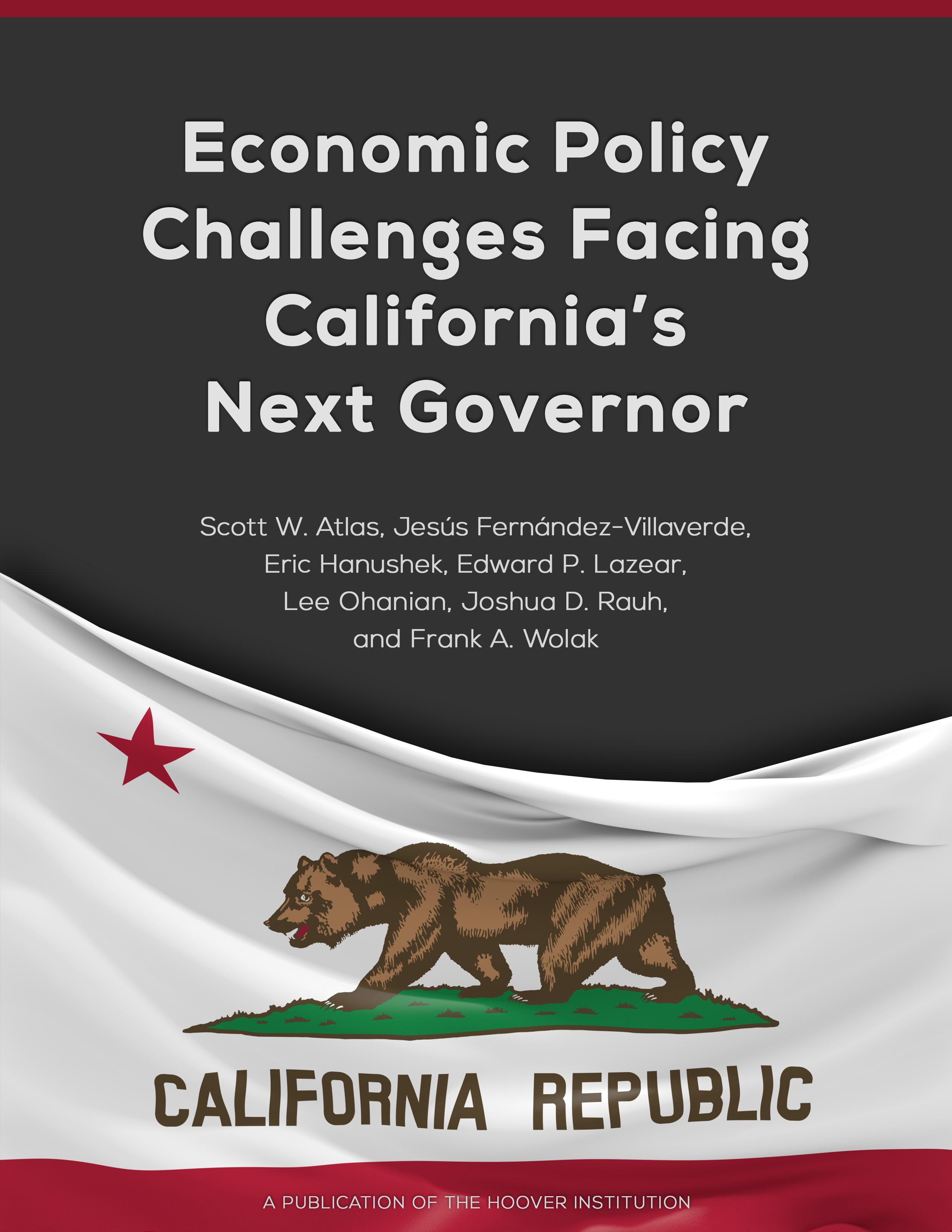

This will amount to an extra €300 million a year in the 2022-2024 period, and an extra €500 million a year as of 2025. An increase in the development budget.In 2022, the government modified its development policy. For example, through digitalisation and increased partnership between government and businesses. The government is making an extra effort to work with developing countries to achieve the United Nations’ SDGs. Achieve the 17 Sustainable Development Goals (SDGs).The Netherlands is investing in green energy in Africa, as well as working with businesses to raise €1.8 billion for climate funds by 2025. The money will also be used to combat deforestation. Promote sustainable growth and climate action worldwideįrom 2023, the government is earmarking an extra €109 million a year for measures to tackle climate change in developing countries.The Netherlands will increase its contribution to the Global Fund to Fight Aids, Tuberculosis and Malaria (GFATM), as well as to WHO and UNAIDS. The government aims to eliminate HIV and tuberculosis by 2030, as stated in the Dutch Global Health Strategy. Eliminate HIV and tuberculosis worldwide.In this way, the Netherlands invests in fairer opportunities. The Netherlands supports organisations that champion human rights, gender equality, food security and climate action.

Existing social inequalities have been exacerbated by the coronavirus pandemic, climate change and the war in Ukraine. There are still people living in extreme poverty. The Netherlands is working to combat human trafficking and people smuggling, improve border control and promote the voluntary return of failed asylum seekers. The Dutch government seeks to tackle the root causes of terrorism and undocumented migration. Through its development policy, the government seeks to:įragile states and countries in conflict fall far behind in terms of development. Yet at the same time, the east of Africa is experiencing extreme drought. Many were made homeless, and harvests were lost. In 2022, for instance, Pakistan experienced devastating floods as a result of climate change. Droughts and floods are becoming more common. On top of that, the poorest countries are the hardest hit by climate change. In 2020, one in four people around the world had no access to safe drinking water.

Some 805 million – one in nine people – still face the threat of hunger and malnutrition. Worldwide, more than 100 million people have fled their homes to escape conflict and violence. The government continues to see a need for development cooperation. Moreover, there has been a sharp rise in child vaccinations. In the last 25 years, child mortality has fallen from 27,000 to 15,000 deaths a day. In the space of 20 years, extreme poverty has been halved worldwide. This leads to fewer people being malnourished and increases life expectancy. It also helps improve healthcare, hygiene, nutrition and water quality. Emergency aid and humanitarian diplomacyĭevelopment cooperation helps reduce poverty.Food security, sustainable agriculture and water management.Sexual and reproductive health and rights.The coronavirus pandemic and the war in Ukraine put a strain on progress made in recent decades, and this is also a critical time as regards the climate issue. Development cooperation is still necessary.


 0 kommentar(er)
0 kommentar(er)
